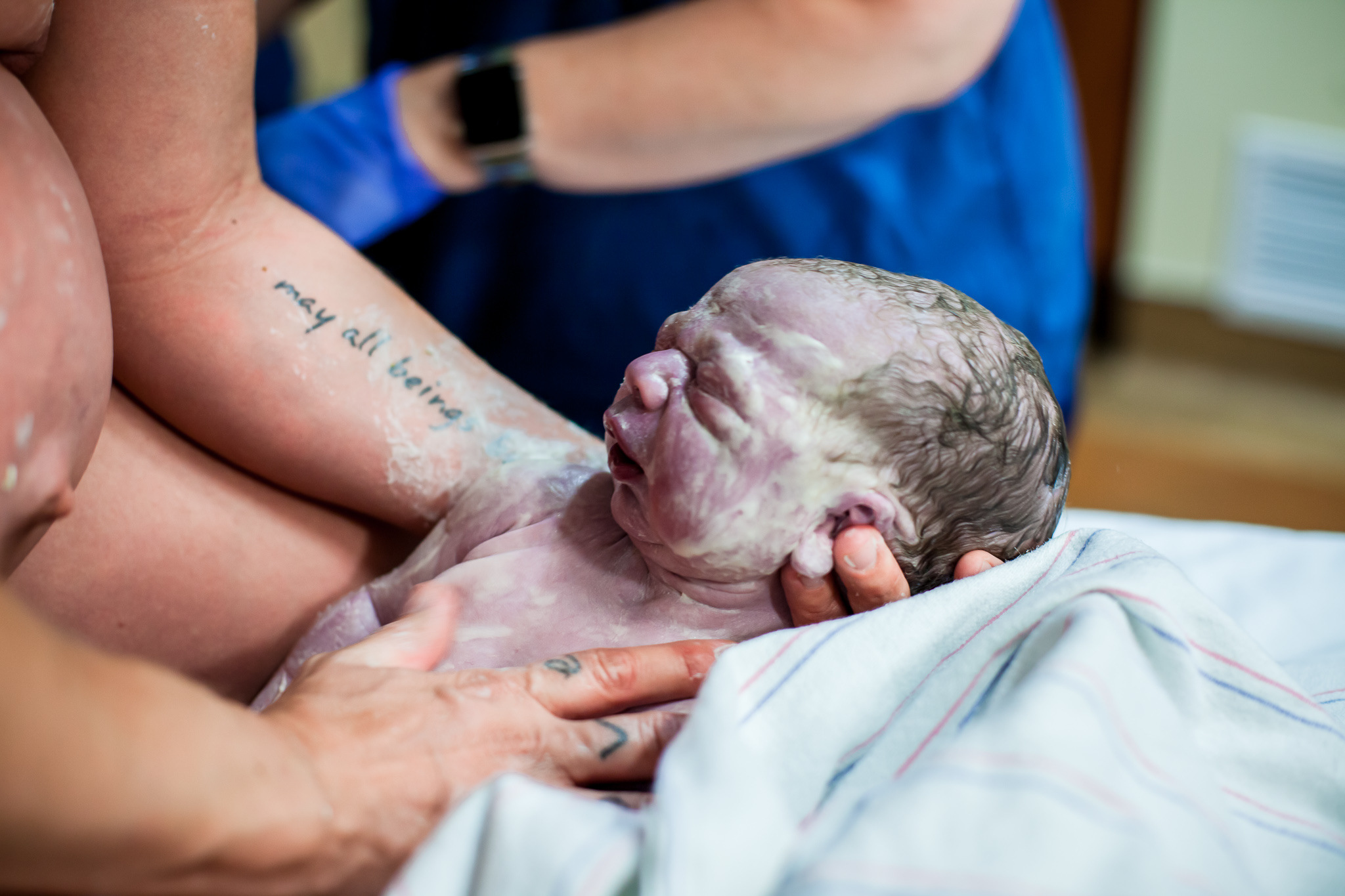After my first miscarriage, I didn’t do much beyond reading the relevant chapters in my midwifery textbooks, and doing a semi-unreasonable about of internet research, but ultimately I came to a place where I was ok with believing it was most likely a fluke, and that next time would work out. After I was through the physical process of having my second miscarriage it was very different. I went online and looked for recommendations about what books were most helpful, both for trying to figure out a plan for next time (figuring out if it was due to underlying issues or chance), and also how to move forward emotionally. Coming to Term by Jon Cohen was my first read, and it has turned out to be one of my favorites.
Coming to Term is a journalistic exploration of early pregnancy, the history of miscarriage and the current technological approaches to dealing with recurrent miscarriage. It also weaves in many personal stories from the author and the families he interviewed while writing the book, as well as information from his interviews with the experts. It is written by a man who, himself, experienced many pregnancy losses with his wife, and you can feel his empathy and sincere interest in the topic throughout.
He covers all major areas of the science behind why some women have multiple miscarriages, including anatomical issues (uterine septum, etc), hormonal problems, clotting problems, chromosomal problems and immunological problems. Cohen clearly explains studies and their results, and combines that with personal stories, historical information and quotes from the experts. It feels like you’re taking a really great class. It also feels much more thorough and satisfying than frantic googling and piecing together mediocre articles on all the separate subtopics. He does not however, go into specifics about the diagnosis and management of these issues, but I was still left with the confidence to have a more educated discussion with whatever care provider I may choose to work with in the coming months.
This book is approached with a healthy amount of skepticism, and the author puts each idea through the rigors of scientific investigation and the every day experiences of women he talked with. Sometimes, women swear that a treatment helped them get to full term, even when the science isn’t there (yet?) to back the practice up. And sometimes, women get all the evidence-based treatment there is, and never end up with their own baby. The take home message of this book is that the science regarding recurrent pregnancy loss treatment is scanty at best, and non-existent in some cases. It doesn’t sugar coat any of the numbers, but also remains optimistic, sharing stories of the women who have successfully carried to term both with some of the available treatments, and some without any treatment at all.
With the amount of pathologizing of recurrent pregnancy loss, coming from ourselves, our well meaning friends and family, and our communities, it is so refreshing to have someone knowledgable and level headed speak the truth – most women who have had 3 or 4 miscarriages will carry to term the next pregnancy over 70% of the time. I’m not saying that no one should seek treatment, but I think it is an important piece of information as myself, and women like me are faced with making decisions about how to proceed with future pregnancies from the vulnerable place we inhabit after pregnancy loss.
For me, the thought of getting pregnant again is terrifying right now, mostly because I don’t have a plan, or any sense of “why” (even if the answer is that it was random). The stories and information in Coming to Term have given me a sliver of hope to hold onto, and helped me feel less out of control in the weeks after my second miscarriage. It will be one of the first books I recommend for other women looking for help after pregnancy loss.





+ show Comments
- Hide Comments
add a comment